

Max Davies
How Audi, BMW, Honda, Mercedes-Benz, and Suzuki started out in Australia, and where they are now
12 Hours Ago

News Editor
The Ioniq 5’s launch is fast approaching but Hyundai is already sharing details about the next members of its Ioniq all-electric family.
Carscoops reports the Ioniq 6, which was previewed by the 2020 Prophecy concept, will feature a 73kWh battery pack and two different powertrains.
A single electric motor powertrain will produce 160kW of power and a dual-motor powertrain will produce 230kW, with Hyundai targeting a range in excess of 483km.
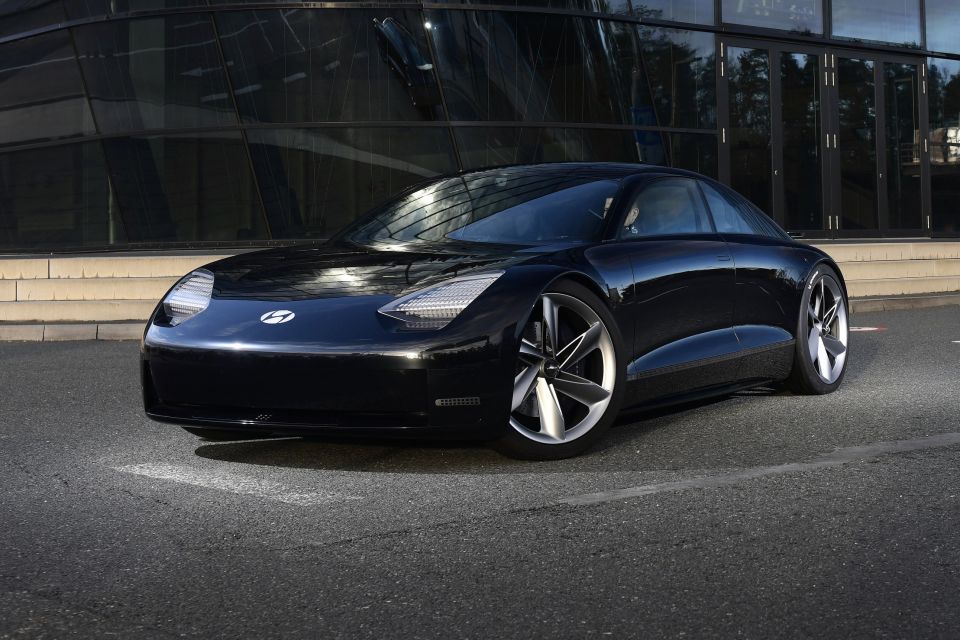
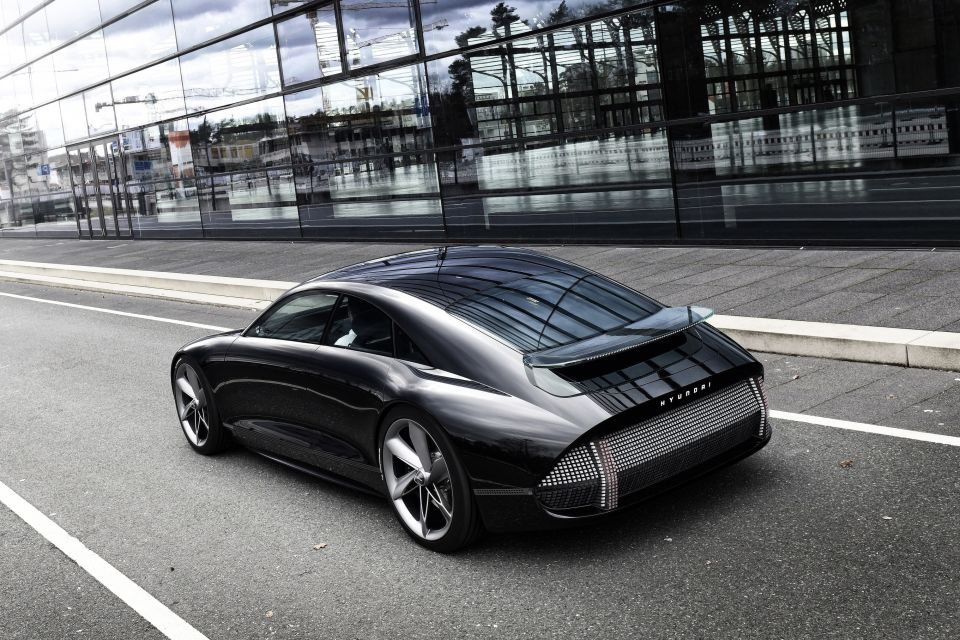
The Sonata-sized Ioniq 6 is set for a launch late in 2022, with a Hyundai spokesperson in the US referring to it as a “secondary volume leader” that’ll replace the original Hyundai Ioniq.
Following in 2024 will be the Ioniq 7, which will be the size of a Palisade and offer a choice of six- or seven-seat configurations.
All-wheel drive will be optional, with the available dual-motor powertrain producing 230kW of power.
It’ll use a 100kWh battery pack, with Hyundai also targeting range of more than 483km.

These details were shared at a US media briefing for the Ioniq 5.
Two teaser images were released in 2020 of the Ioniq 6 and Ioniq 7 and, though they have a concept car look to them, the Ioniq 5 made the transition from concept to production with only minimal changes.
The Ioniq 6 is expected to hew closely to the Prophecy concept in design, with a slinky four-door coupe body.
The Ioniq 7, in contrast, has a bluff front with a full-width LED daytime running light like the upcoming Staria and dot matrix-style headlights reminiscent of the Ioniq 5’s tail lights.
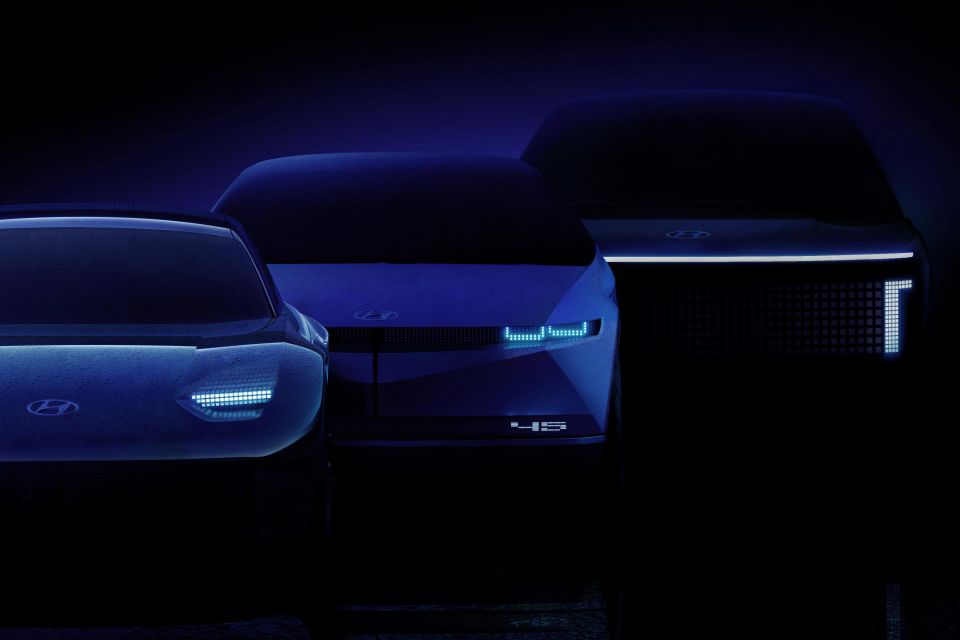
Like the Ioniq 5, the Ioniq 6 and Ioniq 7 will use Hyundai’s new dedicated all-electric E-GMP platform.
The Ioniq 5, which touches down in Australia in the third quarter of 2021, will offer a choice of rear- or all-wheel drive and 58kWh and 72.6kWh battery packs.
Measuring up at 4625mm long with a 3000mm wheelbase, the Hyundai Ioniq 5 is a similar size to the Hyundai Tucson and will go head-to-head with the Nissan Ariya and Tesla Model Y when they arrive in Australia.
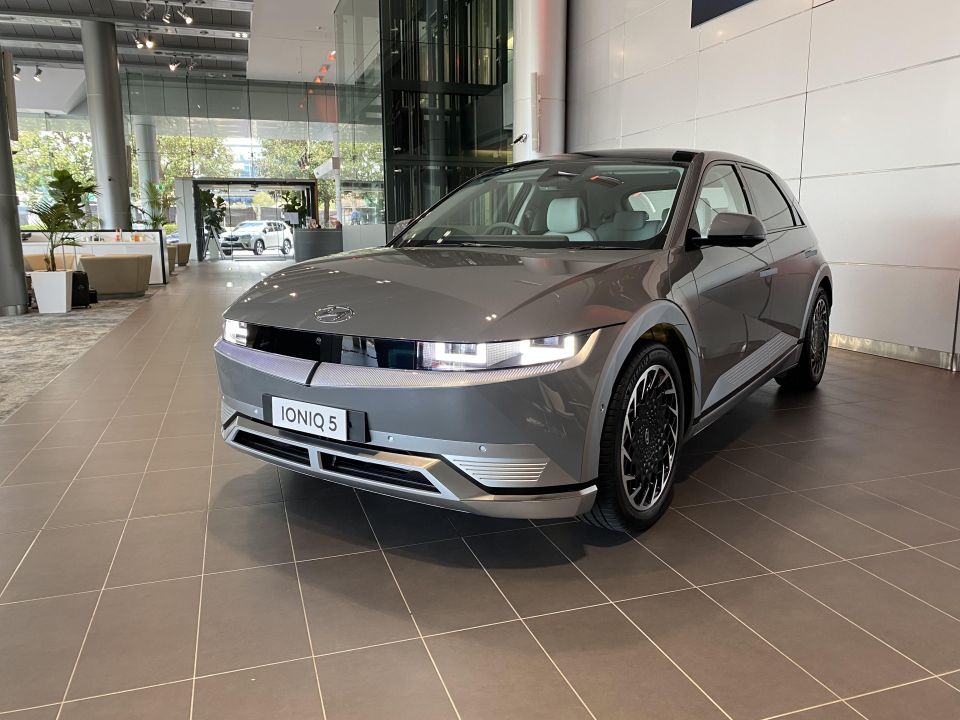
The standard range model with its 58kWh battery pack is available with a single electric motor has 125kW of power and 350Nm of torque, good for an 8.5-second run to 100km/h.
The dual-motor all-wheel drive model ups those outputs to 173kW and 605Nm, and drops the 100km/h sprint to an i30 N-rivalling 6.1 seconds.
Opting for the longer-range 72.6kWh model gets you 160kW and 350Nm in two-wheel drive models, and a serious 225kW and 605Nm from the dual-motor setup.
The 100km/h sprint in the most powerful model is dispatched in 5.1 seconds.
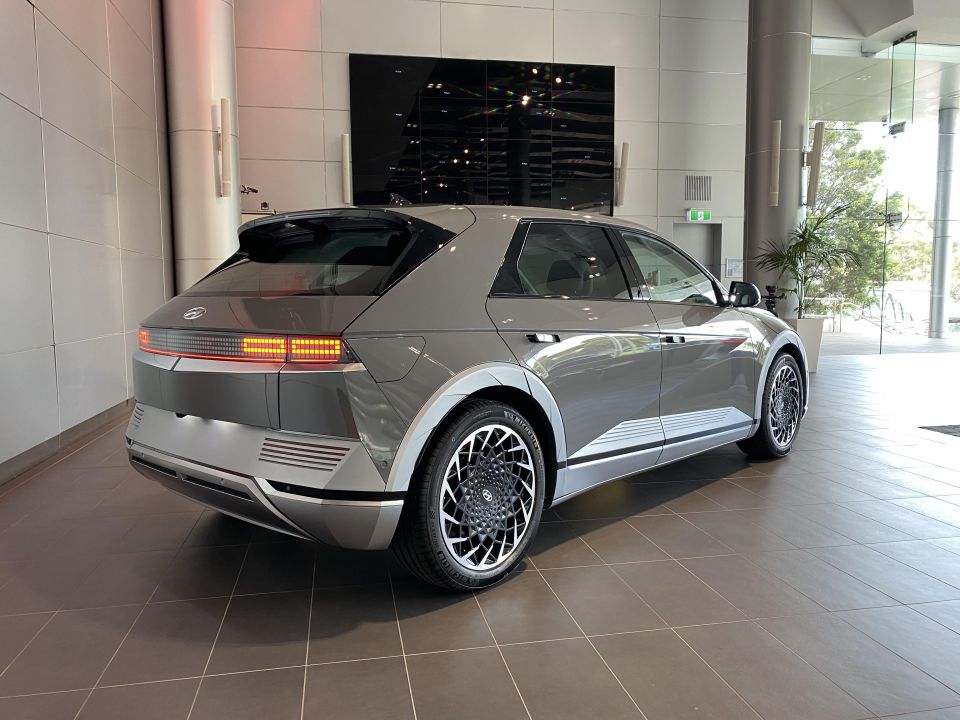
Maximum range (in the long-range, single-motor model) is 480km on the WLTP test cycle, with the Ioniq 5 supporting 800V fast charging at public DC fast chargers.
The Ioniq 5 is also able to act as a 3.5kW generator and provide power to other cars, homes, or businesses.
Kia and Genesis also have E-GMP models on the way, with both set for launch in Australia by the end of 2021.
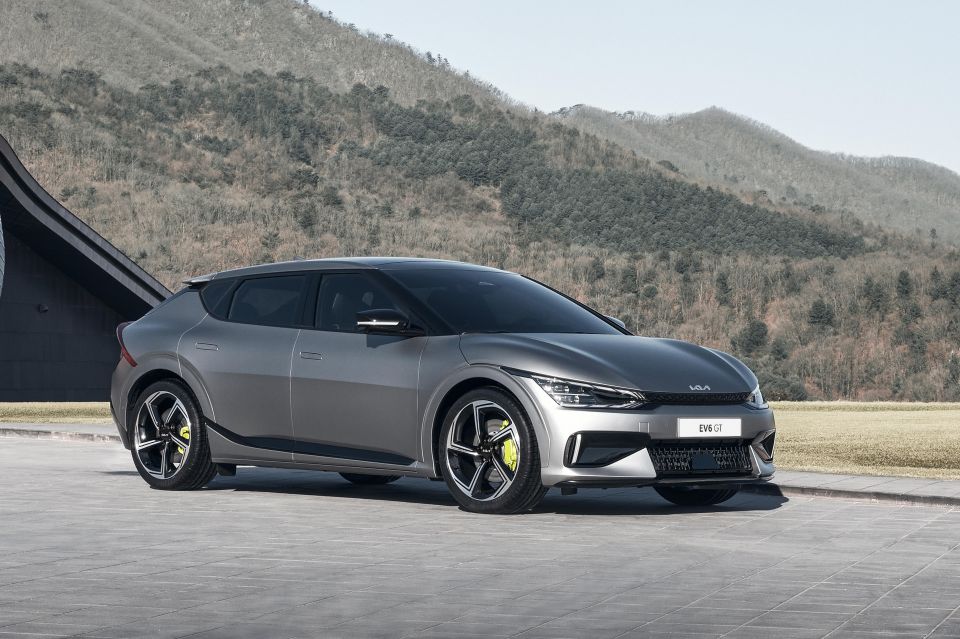
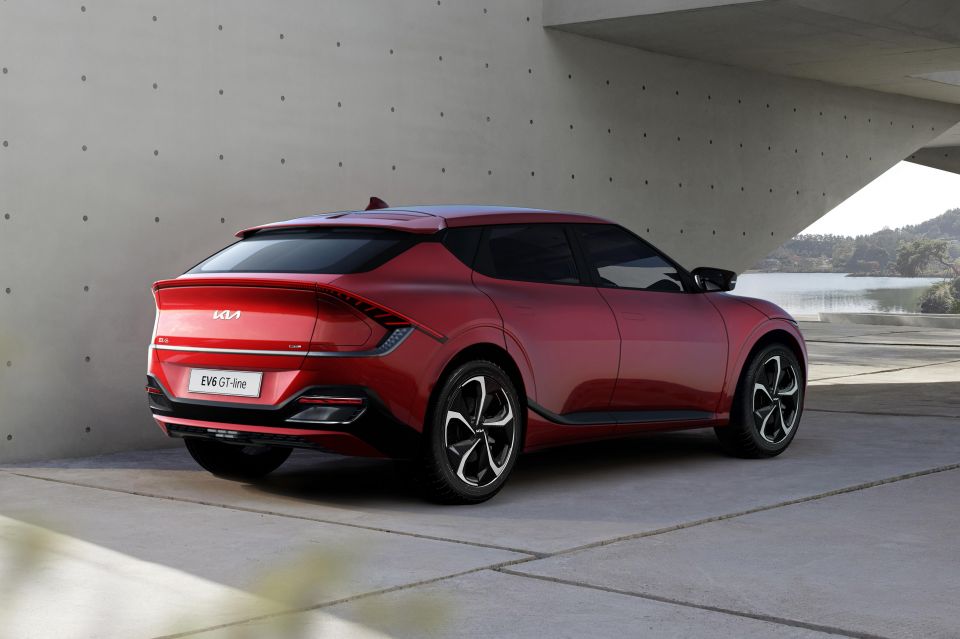
The Genesis EV has yet to be revealed, though the Kia EV6 has been shown in full.
It features the same standard battery as the Ioniq 5, though the optional larger battery is 77.4kWh.
Maximum range in the long-range, single-motor model is 510km, while the range-topping, dual-motor GT will produce 430kW and 740Nm and hit 100km/h in just 3.5 seconds.
Where expert car reviews meet expert car buying – CarExpert gives you trusted advice, personalised service and real savings on your next new car.
William Stopford is an automotive journalist with a passion for mainstream cars, automotive history and overseas auto markets.


Max Davies
12 Hours Ago


William Stopford
12 Hours Ago


Derek Fung
12 Hours Ago


Max Davies
20 Hours Ago


William Stopford
1 Day Ago


Ben Zachariah
2 Days Ago